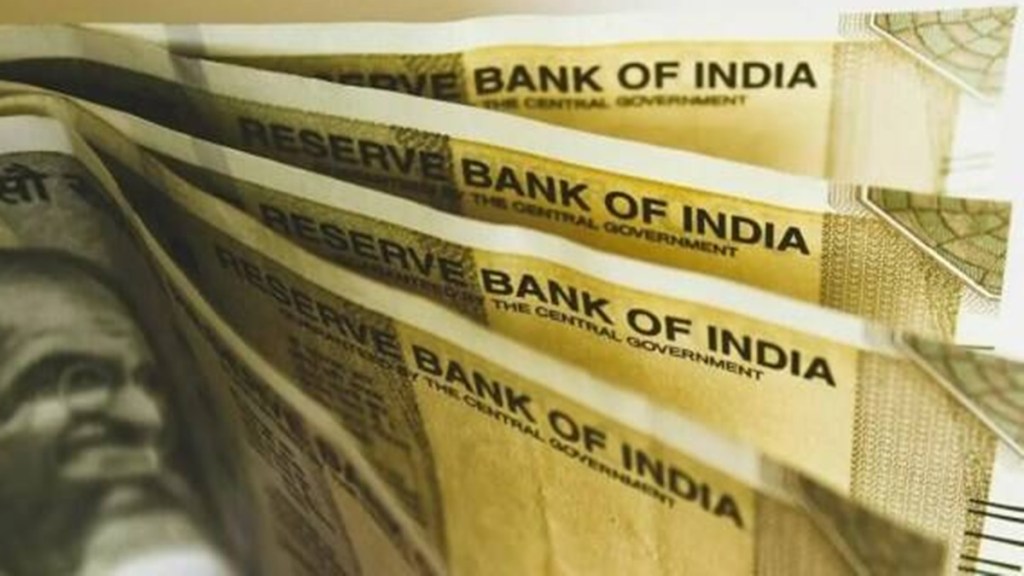Despite downside risks, the “smooth downward trajectory” observed in core inflation is likely to keep the headline inflation within the target band of 4+/-2%, the finance ministry said on Monday.
The prediction came close on the heels of the Reserve Bank of India (RBI) governor Shaktikanta Das’s statement last week that an interest rate cut was not on the central bank’s agenda for now, as it needed to remain extra vigilant on inflation. Speaking at an event here, Das reiterated that retail inflation needed to moderate to “4% on a sustained basis.”
According to the governor, the RBI remains “very focused” on inflation dynamics and stood ready to take “whatever action that needs to be taken.”
Inflation in no-fuel/non-food articles (core inflation) fell to a 42-month low of 4.5% in September.
“Inflationary pressures have eased significantly in September, confirming that the spikes in the previous two months were temporary, caused by seasonal and weather-driven supply constraints in a few food items,” the ministry said in the monthly economic report for September.
However, the ministry observed that the downside risks, especially those emerging out of the vagaries of rainfall and global headwinds are “non-negligible.”
The consumer price index-based inflation moderated to a three-month low 5% in September 2023, lower than analysts’ estimate of around 5.5%. However, food inflation continues to be elevated. Moreover, the uneven monsoon, lag in sowing of crucial kharif crops such as pulses and oilseeds and modest reservoir levels do not augur well for the outlook for food inflation, rating agency Icra said in a recent report.
India’s economic growth is being supported by “two additional drivers that have emerged,” the ministry said, referring to a “gradual strengthening of investment demand,” and a “firming up of industrial activity.” However, the ministry noted that corporate investments are still “fledgling,” even while the capital spending of the Union government continued unabated
According to the ministry’s report, the Centre’s finances “remains solid” with steady revenue growth, especially in direct taxes, and prudent rationalisation of revenue expenditure.
Claiming that employment trends are encouraging, the report said that while the labour force participation rate is improving steadily, the unemployment rate is declining.
“The results for Q1FY24 for the urban segment signalled the continuation of the salutary trends in FY23. Underlining the improvement in the overall labour force participation lies the uptick in female participation, a phenomenon continuously at work in the past six years.”
While keeping the global growth projection for FY24 unchanged at 3%, the IMF has
recently revised its growth projection for India upwards by 20 basis points to 6.3%. This, according to the finance ministry, shows the growing confidence of global analysts as well in India’s economic strength, amidst global uncertainties and fresh geopolitical challenges.
“Strong private consumption demand has been a major driver of India’s economic growth in the
recent period,” the ministry added, amid concerns about the highly leveraged nature of household consumption, and persistence of tepid rural demand.
India’s external account remains robust despite a slowdown in global demand. In H1 FY24, net foreign portfolio investment inflows remained substantially positive as against net outflows in H1 FY23, the ministry observed. The forex position also remains comfortable.
“While domestic macro fundamentals are strong and improving, downside risks arise from global
headwinds and uncertainties in weather conditions. Be that as it may, the RBI’s forward-looking
surveys which show optimism about demand conditions, employment opportunities and industrial output, have attested to India’s growth prospects for FY24,” the ministry said in its latest report on the economy.

